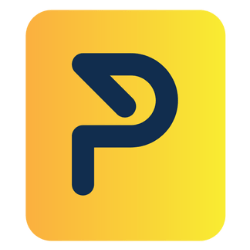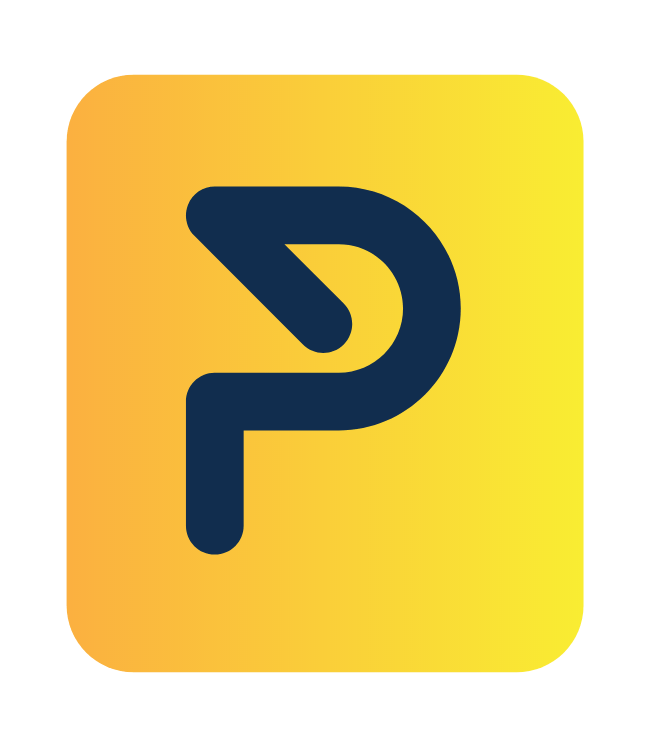Sales Accepted Lead (more Sales than PreSales)
Stage Goals
Get a meeting. Determine if there is sufficient reason to believe the lead has potential and should be pursued by Sales.
Best Practices
To effectively prospect, it is crucial to maintain a healthy pipeline (minum 5 times your quota) , engage with prospects early in their decision-making process, and adopt a personalised approach to create a sense of a personal relationship. Here are the best practices for SaaS prospecting
Qualification Criteria
Qualify In
Qualify Out
Do´s and Dont´s
Responsibilities & Tasks
Sales Development (SDR / BDR)
- Qualify leads quickly, and assess needs, budget, and authority.
- Check Salesforce for notes & historical opportunities for customer
- Research and preparation: Thoroughly research prospects, their industry, and their specific pain points to tailor your approach. Understand their business, competitors, and market trends to establish credibility during initial conversations.
- Prioritize leads: Focus on high-potential leads and allocate your time and effort accordingly. Use lead scoring or qualification criteria to identify the most promising leads.
- Personalize communication: Customize your messaging based on the prospect’s industry, role, company size, and pain points. This demonstrates that you have done your homework and understand their needs.
- Develop a multi-touch strategy: Use a mix of communication channels (phone, email, social media, etc.) to engage with prospects. Diversify your outreach to increase the chances of connecting with leads.
- Be concise and value-focused: Clearly articulate the value proposition of your product or service in a way that resonates with the prospect. Focus on their needs and how your solution can help solve their specific problems.
- Track and measure your activities: Monitor your key performance indicators (KPIs), such as calls made, emails sent, meetings booked, and conversion rates. This helps identify areas for improvement and optimise your sales process.
- Follow a cadence: Establish a consistent outreach schedule that combines different touchpoints to increase the likelihood of engaging with prospects. Adjust the cadence based on the prospect’s responsiveness and interest level.
- Active listening: During calls and meetings, listen attentively to the prospect’s concerns and questions. This will enable you to address their needs effectively and build rapport.
- Collaborate with the sales team: Regularly communicate with account executives and other sales team members to share insights, challenges, and best practices. This fosters a collaborative environment and enables continuous learning.
- Continual learning and development: Stay up-to-date with industry trends, sales techniques, and product knowledge. Invest in your professional development by attending training sessions, workshops, or webinars to improve your sales skills.
Sales
(ASD/SD)
- Same as Sales Development
- Qualify leads quickly, and assess needs, budget, and authority.
- Check Salesforce for notes & historical opportunities for customer
PreSales
(SC)
Support sales with market research and insights

